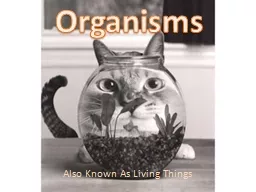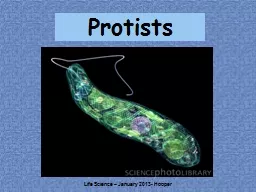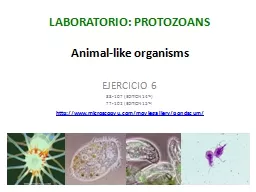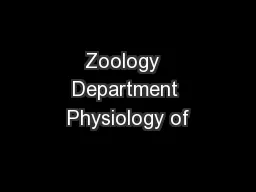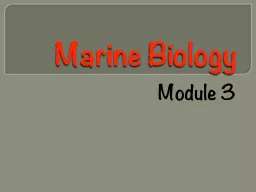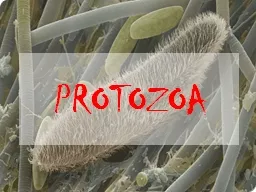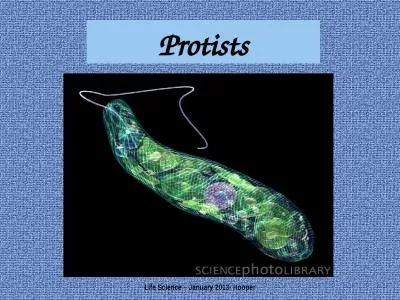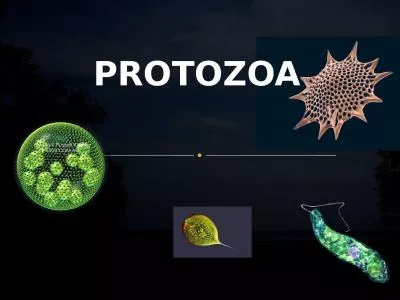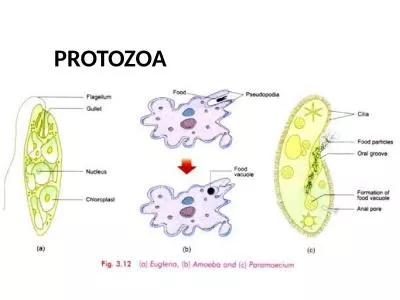PPT-THE KINGDOM PROTISTA A) SUBKINGDOM PROTOZOA
Author : pamella-moone | Published Date : 2020-04-09
first animals EUKARYOTIC UNICELLULAR HETEROTROPHS PROTOZOA ARE CLASSIFIED BY THEIR METHOD OF MOTILITY 1 Phylum Sarcodina use pseudopods for motility Naegleria
Presentation Embed Code
Download Presentation
Download Presentation The PPT/PDF document " THE KINGDOM PROTISTA A) SUBKINGDOM PROT..." is the property of its rightful owner. Permission is granted to download and print the materials on this website for personal, non-commercial use only, and to display it on your personal computer provided you do not modify the materials and that you retain all copyright notices contained in the materials. By downloading content from our website, you accept the terms of this agreement.
THE KINGDOM PROTISTA A) SUBKINGDOM PROTOZOA : Transcript
Download Rules Of Document
" THE KINGDOM PROTISTA A) SUBKINGDOM PROTOZOA "The content belongs to its owner. You may download and print it for personal use, without modification, and keep all copyright notices. By downloading, you agree to these terms.
Related Documents



